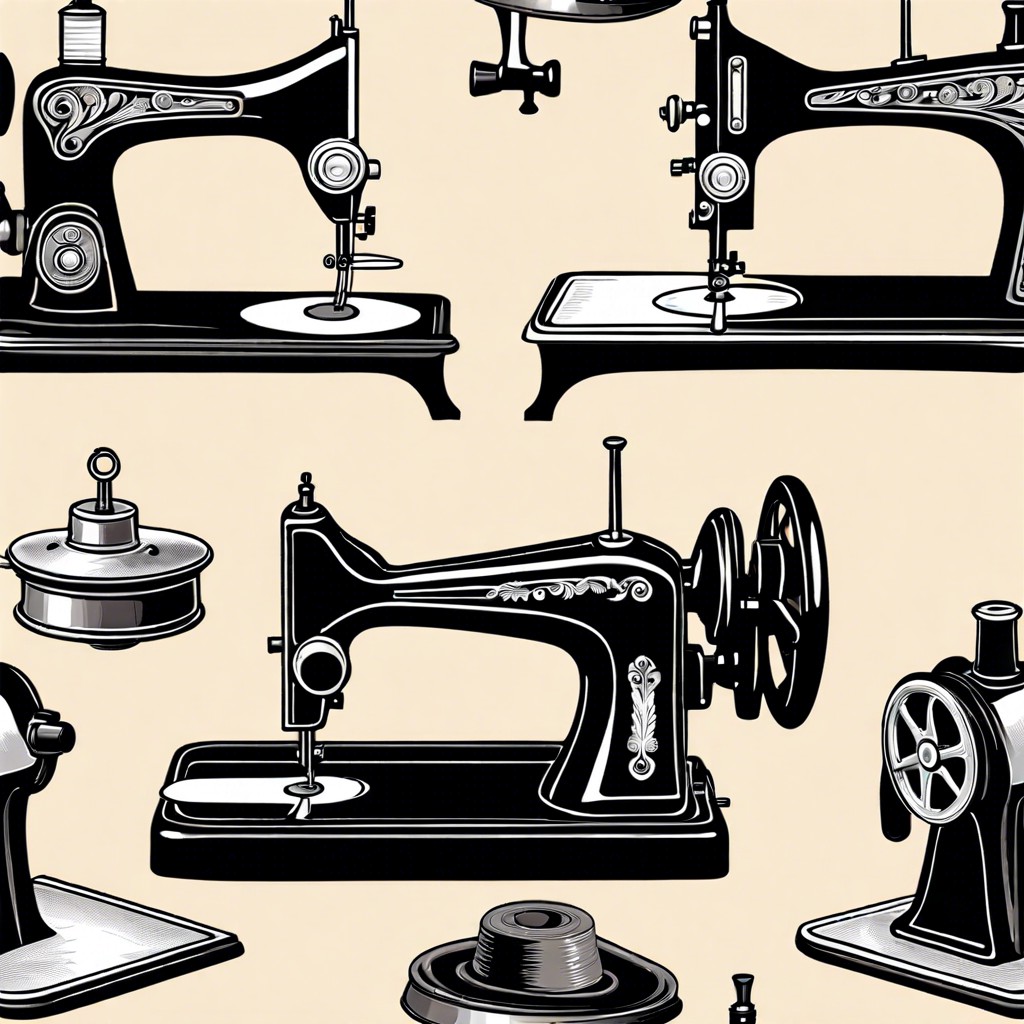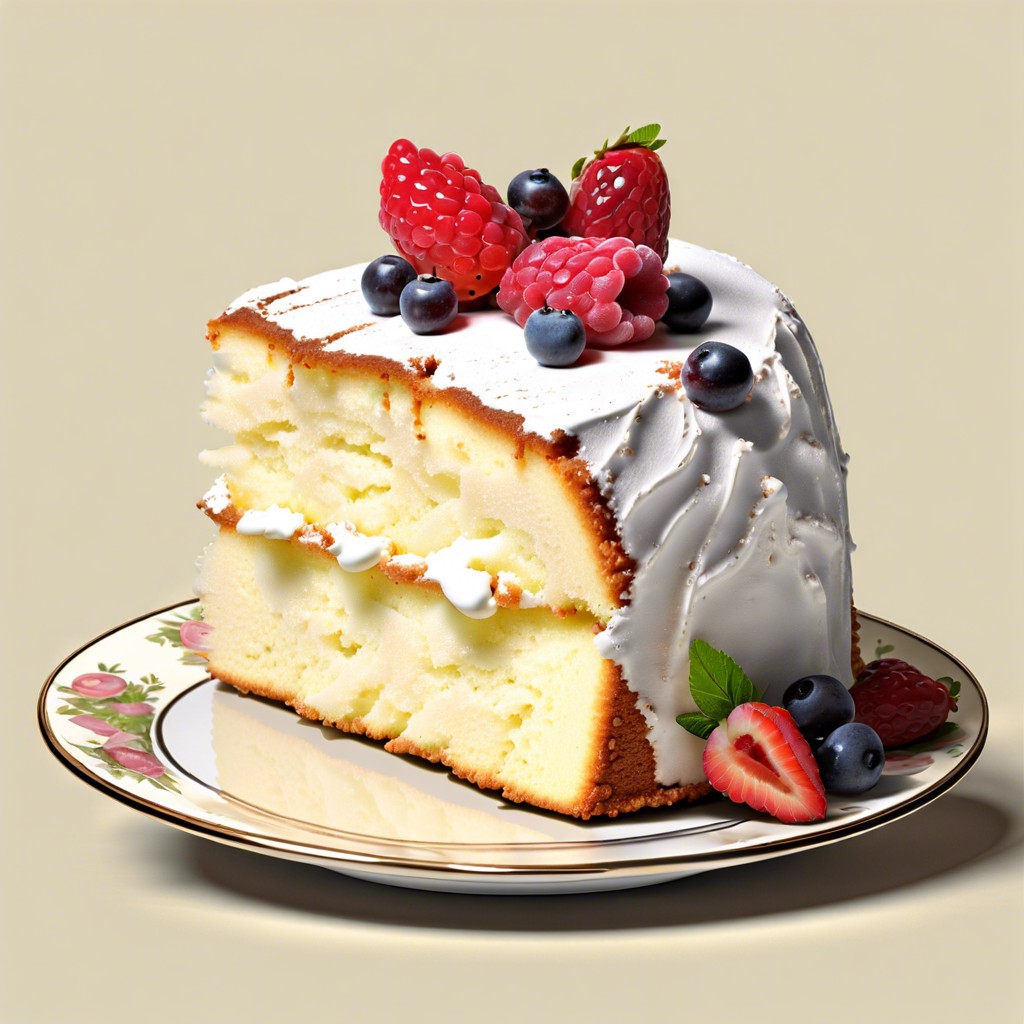Last updated on
Discover the history, identification processes, and care tips for vintage Singer sewing machines.
Key takeaways:
- Vintage Singer sewing machine models can be identified by serial numbers, decals, and mechanical distinctions.
- Singer sewing machines revolutionized the textile industry in the mid-19th century.
- Identifying vintage Singer sewing machines can be done through serial numbers, exterior designs, and features.
- Regular maintenance and occasional restoration are essential for preserving the condition of vintage Singer sewing machines.
- The value of vintage Singer sewing machines depends on factors such as condition, rarity, accessories, and market trends.
Understanding Singer Sewing Machine Models

Singer’s rich legacy spans over 150 years, with each model reflecting advancements in technology and fashion. The company has released countless models, but key variations help enthusiasts identify and date their machines.
Serial numbers are the first clue; situated on the machine’s base or right side, they denote model and production run. Pre-1900 Singer machines typically have ornate, curved designs, while post-1920s models boast a sleek, Art Deco aesthetic.
Decals, the decorative motifs on the machine, also serve as identifiers. For instance, the iconic ‘Red Eye’ pattern signifies models from the 1910s.
Mechanical distinctions further differentiate models. Featherweight 221s, recognized for their portability and aluminum construction, diverge from the cast iron, treadle-operated Class 66.
Collectors find certain models more desirable, such as the Turtleback, the first portable machine, and the Blackside, a World War II model with non-reflective parts. Understanding these nuances offers insights into the machine’s context and character.
History of Singer Sewing Machines

In the mid-19th century, businessman Isaac Merritt Singer made significant improvements to existing sewing machine designs. His enhancements allowed for a more practical and efficient means of sewing. In 1851, the first Singer sewing machine was patented, revolutionizing the textile industry and domestic sewing.
Over the years, Singer introduced various models, such as the iconic Model 221 ‘Featherweight’ and the Model 201 with its potted motor. With Singer’s mass production strategy, the machines became household staples worldwide.
Singer’s machines are not just known for their innovations in the sewing process but also for their evolving design. The decorative decals and ornate details of early 20th-century models provide insight into the design aesthetics of the era.
International expansion also played a crucial role in Singer’s history, with manufacturing plants established in countries including the United States, Canada, Germany, and the United Kingdom. The Singer brand became globally recognized, and its sewing machines found in homes across continents.
The machines’ serial numbers today serve as a tool for dating and authenticating vintage models, offering a glimpse into the company’s extensive and innovative production history.
Identifying Vintage Singer Sewing Machines

Serial numbers offer the most straightforward way to identify a vintage Singer sewing machine. These unique codes, generally located on the machine’s base or right side, can be cross-referenced with databases to determine the model and year of manufacture.
The Singer Company often altered exterior designs, providing another clue. Examine the machine’s casting, noting any ornate decals or distinctive shapes. Models such as the Singer 66 feature Red Eye decals, while the Singer 99 boasts a compact design.
Certain features like a knee lever or a hand crank, rather than an electric pedal, indicate older models pre-dating widespread electrification. The presence of a treadle, which operates the machine via foot power, also points to a sewing machine from the late 19th or early 20th century.
Lastly, consult sewing machine reference books or join online forums dedicated to Singer enthusiasts. Such resources offer a wealth of knowledge from seasoned collectors and can aid greatly in pinpointing the identity of a vintage Singer sewing machine.
Restoration and Maintenance Tips

Preserving the integrity of a vintage Singer sewing machine requires regular maintenance and occasional restoration to keep it in optimal working condition.
Begin with a gentle cleaning to remove dust and grime, using a soft cloth with mild soap and water. Avoid harsh chemicals that can damage the machine’s finish. After cleaning, apply sewing machine oil to all moving parts. This lubrication prevents rust and ensures smooth operation.
For machines with visible rust, use a fine-grade steel wool to carefully remove it. Follow this with a protective coat of sewing machine oil to prevent future corrosion.
Check the electrical components, such as the wiring and foot pedal, for signs of wear. If frayed or damaged, have a professional replace them to prevent hazards.
Replace any worn or brittle rubber parts, like belts and bobbin winder tires, as these can degrade over time and affect machine performance.
Stitch formation issues often arise from improperly set tension or timing. Refer to the machine’s manual for guidance on adjusting these settings.
Lastly, seek advice from sewing machine repair specialists for significant restorations. Experts can handle complex internal mechanisms and preserve the machine’s antique value.
Through regular upkeep and careful restoration, your vintage Singer can remain both a functional tool and a cherished heirloom.
Determining the Value of Vintage Singer Sewing Machines

Value determinants for vintage Singer sewing machines hinge on several factors. Firstly, the condition is paramount: a well-preserved machine with minimal wear typically commands a higher price. Conversely, machines requiring extensive repairs or missing parts are valued less. Secondly, rarity plays a crucial role. Limited editions or models which ceased production early are often sought after by collectors, inflating their market value.
Serial numbers and model types can provide key date information; older machines, particularly those from the 19th century, may attract a premium. However, age alone doesn’t guarantee high value; demand for specific models due to their historical significance or unique features can be equally influential.
Original accessories and attachments can enhance a machine’s desirability. Manuals, toolkits, and branded cases often appeal to enthusiasts willing to pay more for completeness. Finally, provenance can add an intangible but real value, especially if the machine has a connection to a significant person or event in sewing or broader history.
Market trends also sway values, with certain models becoming fashionable among collectors over time. Monitoring auction results, antique shops, and online marketplaces gives a current snapshot of what collectors are willing to pay.




